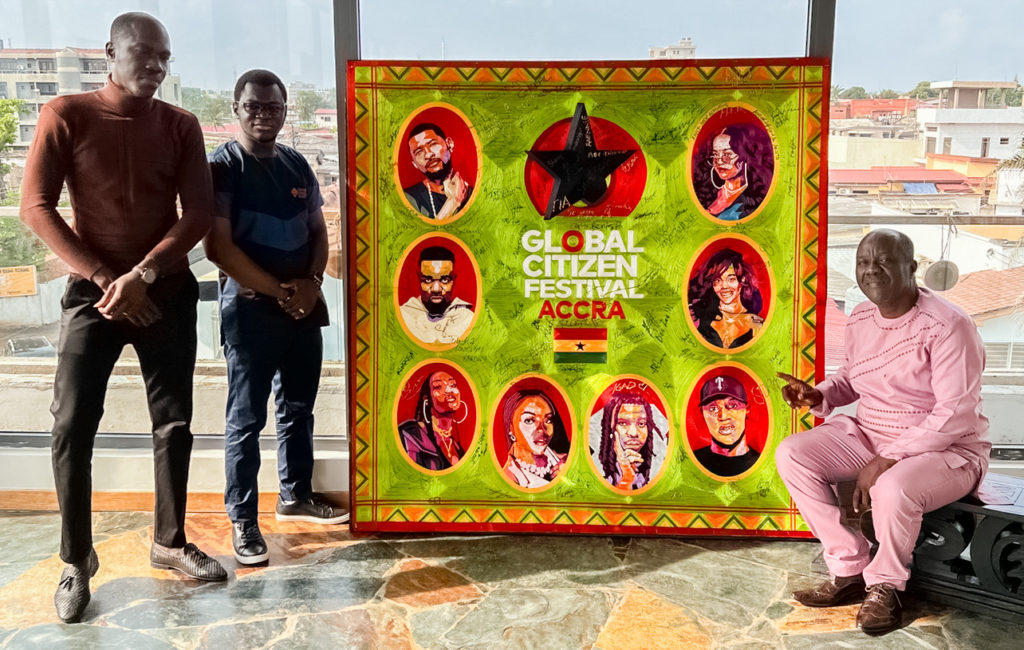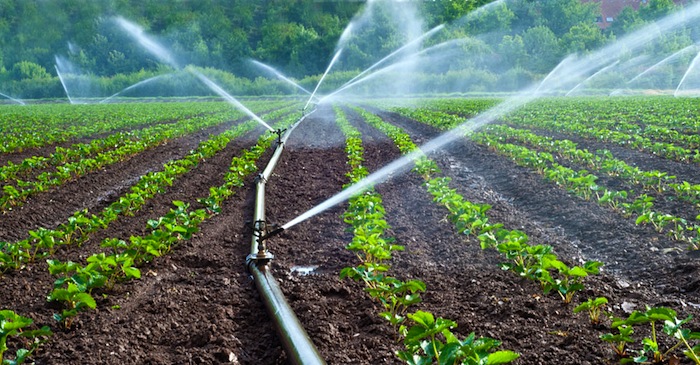Football Is Ghana’s Main Source Of National Sports Entertainment – Why?
Sport in Ghana has grown rapidly since the Colonial era when there was little consideration for an organized schedule of activity other than the daily drill known as physical training (PT). After gaining independence from British Colonial Rule in 1957, the Gold Coast began a course of rapid development with a focus on seeking national identity and receiving recognition on a global scale in all fields of endeavour within the broader context of an “African identity” (Baba 2000). Ghanaians (at the time, residents of the Gold Coast) had fully embraced organized sport by the turn of the 20th century. This prompted the establishing of the first sports organization, the Gold Coast Football Association (GCFA, now known as the Ghana Football Association), in 1920. Following this, the Gold Coast Amateur Athletics Association (now known as the Ghana Athletic Association) and Gold Coast Olympic Committee (now known as the Ghana Olympic Committee) were established in 1944 and 1951, respectively. Ghana, then known as the Gold Coast, took part in its first Olympic Games in Helsinki, Finland, in 1952, along with British Togoland, which included the present-day nations of Togo and Ghana’s Volta area. Ghana’s speedy sporting development over the years made her an example for other colonies looking to construct an African sports image. Schools and colleges in Ghana had implemented comprehensive interscholastic programs with excellent planning under a law requiring all students to participate in intramural sports. Most schools and colleges had physical education departments set up with mass gymnastics and competitive sports (such as soccer, track and field, boxing, table tennis, and cricket) that were part of the Empire Day events. Teachers and former service members taught and oversaw these sports activities. Looking back and counting our achievements since independence until now, our country Ghana has become the first nation on the African continent to earn an association football medal after its athletes won a total of four Olympic medals in its thirteen Summer Games participation, including three in boxing and a bronze (BBC News., 2011). Ghana has competed in various competitions, winning four African Cup of Nations titles, participating in four FIFA World Cups (2006, 2010, 2014, and 2022), and one FIFA U-20 World Cup. Ghana, following Cameroon and Senegal in 1990 and 2002, became the third African nation to go to the quarterfinals of the 2010 FIFA World Cup. The Black Satellites, Ghana’s national U-20 football team, are arguably regarded as the team that develops into the country’s national football team. Ghana is the first and only nation to win the FIFA U-20 World Cup on the African continent and was runner-up twice, in 1993 and 2001. The Black Starlets, Ghana’s national U-17 football team, have won the FIFA U-17 World Cup twice, in 1991 and 1995, and have finished second twice (in 1993 and 1997). Additionally, the nation has produced several top-tier boxers, including Joshua Clottey, Ike Quartey, and three-time world champions Azumah Nelson, DK poison and Nana Yaw Konadu. Thus, it is often argued that the successes of these boxers put Ghana’s name on the map. That said, despite the successes and strives of the other numerous sporting activities, including athletics, tennis, swimming, tennis, handball, hockey, cricket and even local ampe her in Ghana, boxing and at the very extreme, football, appears to have taken the centre stage and have received maximum attention, sometimes even at the detriment of what has been termed “the lesser sports”. Ghana is by no means a two-sport country, but there is also no denying the fact that boxing and, especially, football have dominated everything from Olympic medals to individual triumphs, to moments that left us stunned, happy, and sometimes sad. Take, for instance, the penalty missed by Asamoah Gyan in the 2010 World Cup against Uruguay (GhanaSoccerNet., 2017). Alternatively, more recently, the penalty miss by Andrew Ayew against Uruguay in the ongoing 2022 FIFA World Cup. The entire nation gasped in both cases. Football is a blessing. But riddle me this: is football the only sport that Ghana has to concentrate on to the detriment of the other sports? What successes, if any, in other sports, have brought some nations together? Fortunately or unfortunately, the apparent maximum concentration on football dates to the era of the first president of the Republic, Dr. Kwame Nkrumah. Football in this era was used as a Pan-African tool to promote unity and call for mobilization among participating countries. Thus, Nkrumah participated in some local clubs’ fundraising games and even ‘kicked-off’ one game between Accra Hearts of Oak and Standfast. When it became clear that independence would soon come, Nkrumah took on much more of a direct role in football management, which allowed him to project his vision for the sport as a means of forging the kinds of cultural and emotional ties that he thought were essential for the establishment of a peaceful Ghanaian state and pan-African unity (Darby, 2013). The importance of Nkrumah’s use of the Black Stars to promote pan-Africanism is emphasized by Benjamin Koufie, a former player and assistant coach of the national team, who recently recalled that, since Nkrumah utilized football to reach every country on the continent, he wanted to make sure that the Black Stars of Ghana were a shining example. Ghanaian football has not been without its many controversies. Those in the sports fraternity and the ordinary Ghanaian have often argued and wondered why the government of Ghana continues to spend relatively more on football. Football apparently unites Ghana like no other sport does. But is this limitation organic or self-imposed? As mentioned early on, the focus given to the football fraternity is sometimes to the detriment of other sports. For instance, the Ghana Basketball Association of Ghana was cited in 2011, almost lamenting their neglect by the Sports Authority. Thus, after nine months of qualifying for the 22nd Africa Women’s Basketball Championship 2011, hosted by Mali, their call for support fell on deaf ears. It took the benevolence of well-wishers and private individuals to get
Football Is Ghana’s Main Source Of National Sports Entertainment – Why? Read More »




